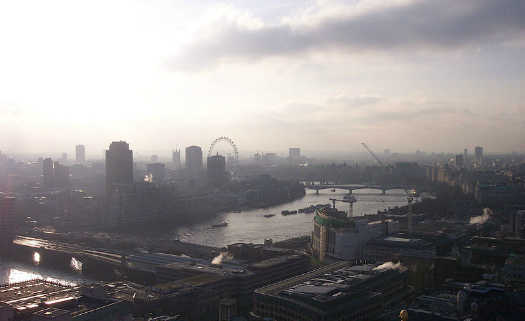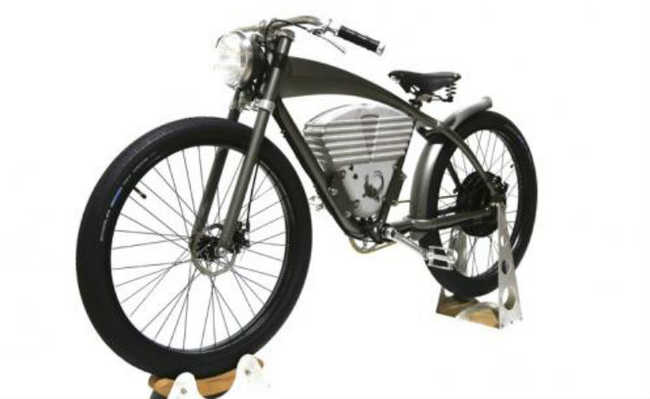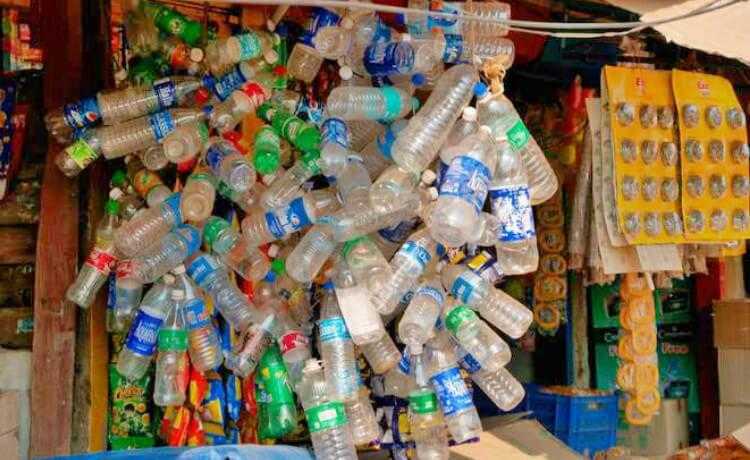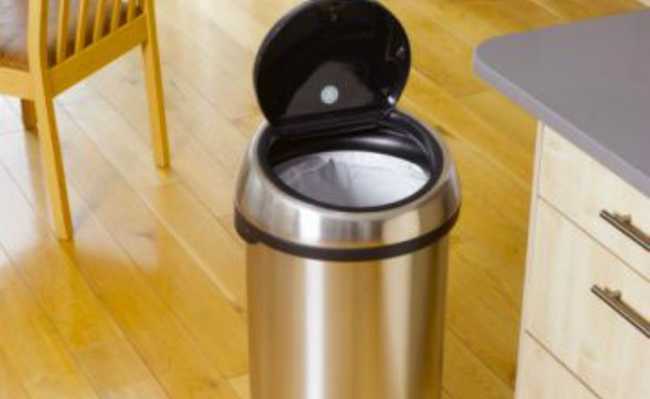Benefits of trees and their value
Can you imagine all the goods and services a tree offers us and how much it costs? Find out how this calculation is done

Image: veeterzy in Unsplash
Did you know that there are 420 trees for every inhabitant on the planet? A study published in the journal nature estimated the existence of three trillion trees in the world, almost eight times more than the results of previous studies. That's the good news, the bad news is that each person loses 1.4 of these trees a year. It's pretty hard to imagine how much that means, right? So let's try to demonstrate the benefits of trees expressed in monetary terms.
Nature provides the planet's natural capital. Forests, for example, provide various ecosystem goods and services, such as oxygen supply, reduced air pollution, quality water, fertile soil, raw materials, etc. (Learn more in the article: "Forests: the great providers of services, raw materials and solutions").
Urban trees and trees in a native forest have different functions. The ecosystems in which they are inserted influence the services performed, therefore, the added value is different. So let's imagine two scenarios: in scenario 1, the tree is located in an urban region; in scenario 2, it is a tree with native vegetation, in a forest.
Scenario 1 - urban tree
It was created, in the United States, the software called i-tree, a tool to analyze individual trees or even forests in cities. Through a database, the software presents the benefits of trees and calculates a value for society. A study conducted in London using the i-tree, valued the city's urban trees.
The annual value of carbon sequestration, avoided carbon dioxide emissions, energy savings in homes, removal of pollutants and reduction of rainwater runoff were taken into account. In total, an economic gain of approximately 15.7 pounds or $24.1 (2015 dollar average) per tree in one year was estimated.
This economic valuation does not count the replacement expense (cost of having to replace a tree with a similar one if it suffered any damage), the amenity value (people's appreciation for the afforestation of areas, for example parks and homes) and the value of carbon storage by plants (which are worth billions). Nor did he realize that London's green area could save 16 to 22 lives a day in summer heat waves.
Scenario 2 - native forest
Forests are interconnected with a large part of ecosystem services and have a great importance in natural cycles essential to life. Due to the wide functionality of forests, their environmental valuation is complex and often does not include all the benefits provided. One study estimates the monetary value of a rainforest to be $5,382 per hectare in one year.
This value includes the following ecosystem services: climate regulation, water regulation and supply, erosion control, soil formation, nutrient cycling, waste treatment, food production, raw materials, genetic resources, recreation and cultural services. However, it did not cover the following services: pollination, biological control, provision of habitat/refuge, flood control, regulation of air quality and medicinal resources.
Each tree occupies a space of six square meters, therefore, in one hectare there can be a density of 1667 trees, that is, each tree from native forest represents a gain of US$ 3.23/year. Tree pricing in the city is higher because, first, there aren't many of them on the streets; second, analyzing individually, we directly benefit from more services such as cultural services, property valuation and health and well-being benefits, among others.
carbon sequestration
One of the great benefits of trees is their ability to sequester CO2 (carbon dioxide) and store carbon. The CO2 sequestration process from the atmosphere occurs through photosynthesis and part of it is stored in the tree's biomass (accumulated carbon or carbon stock). The sequestered carbon used for tree growth accumulates in the trunks, branches and leaves, and some is transferred to the roots and soil. Different species can sequester different amounts of carbon depending on their characteristics.
The Intergovernmental Panel on Climate Change (IPCC) has a methodology for calculating carbon sequestration that does not consider linear tree growth, as in the first years of life its growth is faster and, theoretically, the tree captures more carbon. Thus, the calculation is divided by period, for vegetated areas up to 20 years old and then for areas over 20 years old, which makes the results more accurate.
This official methodology estimates that in its first 20 years of life, one hectare of tropical forest in South America can capture almost 26 tons of CO2 per year and, after that period, 7.3 tons of CO2 per year. Therefore, a tree can capture about 15.6 kg of CO2 per year for the first 20 years and 4.4 kg thereafter. Estimating that the tree has a life of 40 years, it will be able to abduct 667 kilos during its lifetime.
But do you have any idea how much this is worth?
Let's take a common example... The use of means of transport. A publication by the Institute for Applied Economic Research (Ipea) shows the amount of CO2 emitted by the main transport sources. The emission values below (kg of CO2) are equivalent to one passenger per kilometer driven. The values in km/year correspond to the distance you could travel with CO2 captured by a tree.
- Flex car: 0.127 kg of CO2 = 123 km/year
- Motorcycle: 0.071 kg of CO2 = 220 km
- Subway: 0.003 kg of CO2 = 5200 km
- Bus: 0.016 kg of CO2 = 975 km
For electricity, the average consumption of the Brazilian population is 51 kg of CO2 per year, in other words, you would need 3.2 trees to consume this amount of energy without guilt.
In another scenario we have food. One of the biggest sources of CO2 emissions in Brazil comes from agriculture, including deforestation for pastures and plantations. A kilo of hamburger generates about 45 kilos of CO2, that is, with the sequestration of a tree we could only eat a third of a hamburger per year (learn more in the article: "Reducing red meat consumption is more effective against greenhouse gases than to stop riding in a car, experts say."
Humanity generates about a kilo of CO2 per day through breathing, that is, we would need an entire tree just to neutralize the emissions from the simple act of breathing.
Limitations
Although the IPCC methodology does not consider linear tree growth, which makes the results more reliable, it considers that a tree after 20 years has a decline in carbon capture. But a more recent study claims that the bigger the tree (thus older), the more pounds of carbon it absorbs per year.
100 cm diameter trees add about 103 kilograms of biomass per year, almost three times as much as a young tree (50 cm diameter) of the same species. It's as if these old trees add one new tree a year to the forest. Therefore, perhaps the carbon capture rate will continue to increase, contrary to what the methodology says.
Summary of benefits
- Carbon sequestration - 15.6 kg/year
- Energy saving (air conditioning) - 30%
- Increase in real estate value - 20%
- Decrease in air temperature - 2°C to 8°C
- Water uptake - 250 liters
- Erosion - 40 to 250 times less
Trees are our great allies in neutralizing our carbon footprint and, consequently, in the environmental impacts generated, which is why it is so important to conserve, restore and plant (learn the difference between reforestation by native trees and eucalyptus). In cities, it is essential to encourage afforestation by the government and even by the population, and not to forget the importance of trees and their native forests.
Watch the video on the benefits of trees.










